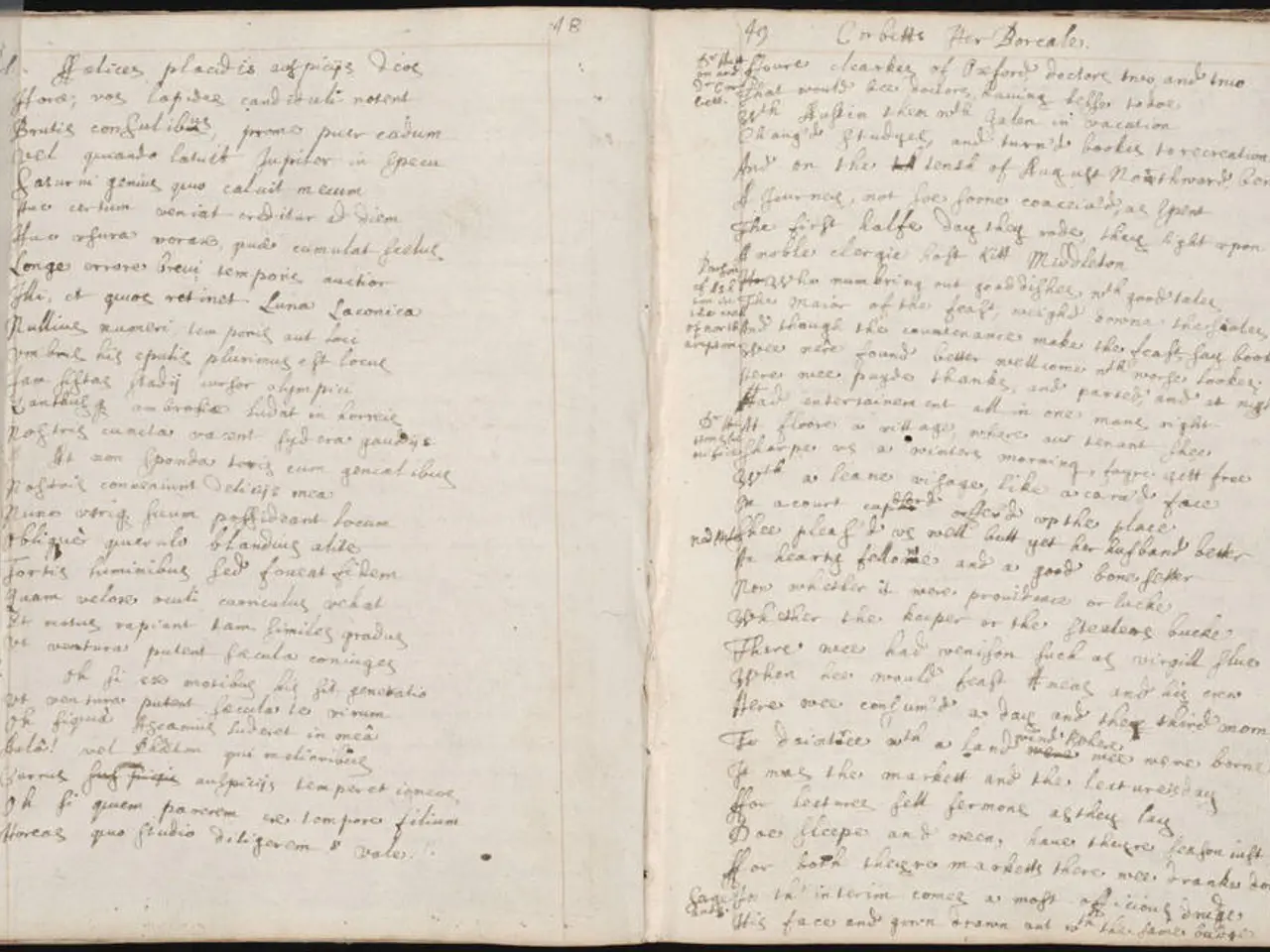Dream Analysis Simplified by Sigmund Freud: Insights into Dream Meanings
In the realm of psychology, Sigmund Freud's theories have left an indelible mark, particularly in the study of dreams. According to Freud, dreams are not mere byproducts of sleep, but rather, they are expressions of hidden wishes, often disguised through symbolic forms.
Freud revolutionised the understanding of dreams, viewing them as a "royal road to the unconscious," a window into repressed memories, emotional traumas, and mental conflicts. He introduced the concept of the unconscious as the central stage in dream interpretation.
Dreams, for Freud, are symbolic fulfillments of unconscious wishes, typically sexual or aggressive. Common dream symbols, rooted in universal human experiences, require decoding by psychoanalysis to access the unconscious mind.
For instance, phallic symbols like sticks, swords, umbrellas, or lobsters often represent male genitalia and related desires or anxieties. Dreams featuring boxes, drawers, or rooms can symbolize the female genitalia, reflecting repressed sexual desires. Doors, windows, and thresholds represent opportunities or transitions between conscious and unconscious states, as well as boundaries to repressed material.
Actions such as falling or flying reflect feelings of loss of control, vulnerability, or the wish for freedom and escape from restrictions. Being naked or exposed symbolizes fear of vulnerability, shame, or the unconscious wish to reveal hidden desires. Animals often represent instincts or untamed desires.
Freud's method identified that such symbols are not straightforward but are distorted by mechanisms like displacement, condensation, and symbolism to mask the latent wish that the dream expresses. For example, a dream about a phone combined with a lobster symbolizes communication intertwined with sexual desire—an example of symbolic condensation Freud explored.
Dream interpretation plays a crucial role in exploring the complex connections between our dreams and emotional well-being. Understanding dream symbolism can provide individuals with valuable insights that contribute to healing and resolving psychological problems.
Freud's concept of dream work describes how the unconscious processes its contents through symbolic representations and dream symbols. As psychoanalysis became professionalized, dream interpretation gained importance and became a key concept in psychological research.
In sum, Freud's theories fundamentally shifted the study of dreams from being viewed as meaningless byproducts of sleep to a central stage for repressed desires and instinctual drives. By unlocking the symbolic language of dreams, we can gain insights into our unconscious minds, shedding light on our deepest fears, longings, and conflicts.
[1] Freud, S. (1900). The Interpretation of Dreams. Standard Edition, Volume 4. [2] Freud, S. (1916-1917). Beyond the Pleasure Principle. Standard Edition, Volume 18. [3] Freud, S. (1920). Civilization and Its Discontents. Standard Edition, Volume 21. [4] Freud, S. (1933). New Introductory Lectures on Psycho-Analysis. Standard Edition, Volume 22.
During free time, one might engage in activities like interpreting dreams according to Freud's theories, uncovering key symbols and their meanings to gain insights about their health-and-wellness, including mental health, and emotional well-being. This process, rooted in psychology, can offer valuable opportunities for self-discovery and exploration, following the path paved by Sigmund Freud's groundbreaking work.




